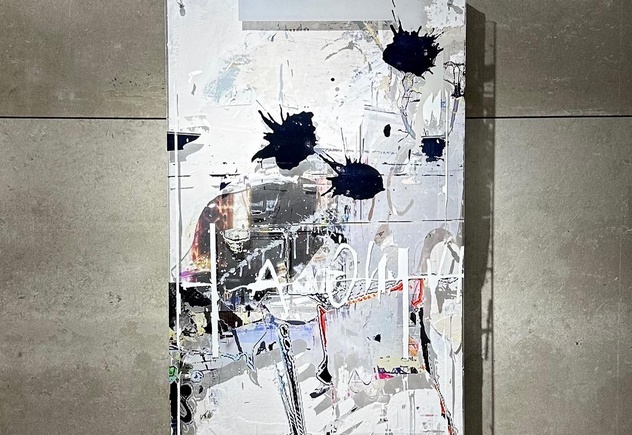Introduction
Art galleries serve as gateways to the world of creativity, providing spaces for artists to exhibit their works and offering audiences an immersive experience with art. These cultural institutions play a vital role in the art world, fostering artistic expression, preserving cultural heritage, and engaging communities. This essay aims to explore the world of art gallery, delving into their significance, the diverse types of galleries, the role of curators, and the impact they have on artists and audiences alike.
The Significance of Art Galleries
Promoting Artistic Expression
Art galleries serve as platforms for artists to showcase their works and express their creative vision. These spaces provide a tangible representation of an artist's ideas and allow for a direct engagement with the artwork, enhancing the overall artistic experience.
Preserving Cultural Heritage
Art galleries also play a crucial role in preserving cultural heritage. They collect, curate, and exhibit artworks from different eras, styles, and cultures, offering insights into the rich tapestry of human creativity. Through their collections, galleries contribute to the documentation and interpretation of artistic movements and historical periods.
Diverse Types of Art Galleries
Traditional Fine Art Galleries
Traditional fine art galleries focus on exhibiting works of established and renowned artists. These galleries often represent artists exclusively, acting as intermediaries between the artists and potential buyers. They play a significant role in the commercial aspect of the art market and cater to collectors and art enthusiasts seeking high-quality artworks.
Contemporary Art Galleries
Contemporary art galleries specialize in showcasing works by emerging and established contemporary artists. These galleries often take a more experimental approach, exploring new artistic forms and pushing boundaries. They provide a platform for artists to experiment with unconventional ideas and engage in critical discourse.
Public and Institutional Galleries
Public and institutional galleries, such as museums and art centers, are funded by governments, foundations, or institutions. These galleries prioritize education, preservation, and public engagement. They often feature permanent collections and host temporary exhibitions that reflect diverse cultural perspectives.
The Role of Curators
Selection and Curation of Artworks
Curators play a pivotal role in art galleries by selecting and curating artworks for exhibitions. They have a deep understanding of artistic trends, historical contexts, and cultural significance. Curators aim to create cohesive exhibitions that engage viewers and communicate specific narratives or themes.
Building Relationships with Artists
Curators often establish relationships with artists, acting as advocates and advisors. They provide guidance and support to artists, helping them develop their artistic practice and navigate the art world. Curators also collaborate with artists to create site-specific installations or develop exhibitions that reflect the artists' vision.
Impact on Artists and Audiences
Support for Artists' Careers
Art galleries offer artists a platform to showcase their works and gain exposure. Represented artists benefit from the promotion and marketing efforts of galleries, which can lead to sales, commissions, and further opportunities. Additionally, galleries may provide financial support through sales proceeds or artist-in-residence programs.
Engagement and Appreciation for Audiences
Art galleries create opportunities for audiences to engage with art in a direct and immersive manner. Visitors can experience the physical presence of artworks, observe details, and interpret artistic intentions. Galleries often organize educational programs, guided tours, and interactive activities to enhance the audience's understanding and appreciation of art.
Conclusion
Art galleries are dynamic spaces that bridge the gap between artists and audiences, offering a glimpse into the world of creativity. They promote artistic expression, preserve cultural heritage, and contribute to the development of artists' careers. Through diverse types of galleries and the work of dedicated curators, these institutions foster engagement, appreciation, and dialogue surrounding art. Stepping into the world of creativity through art galleries allows individuals to immerse themselves in the transformative power of art and contribute to the ever-evolving cultural landscape.


No comments yet